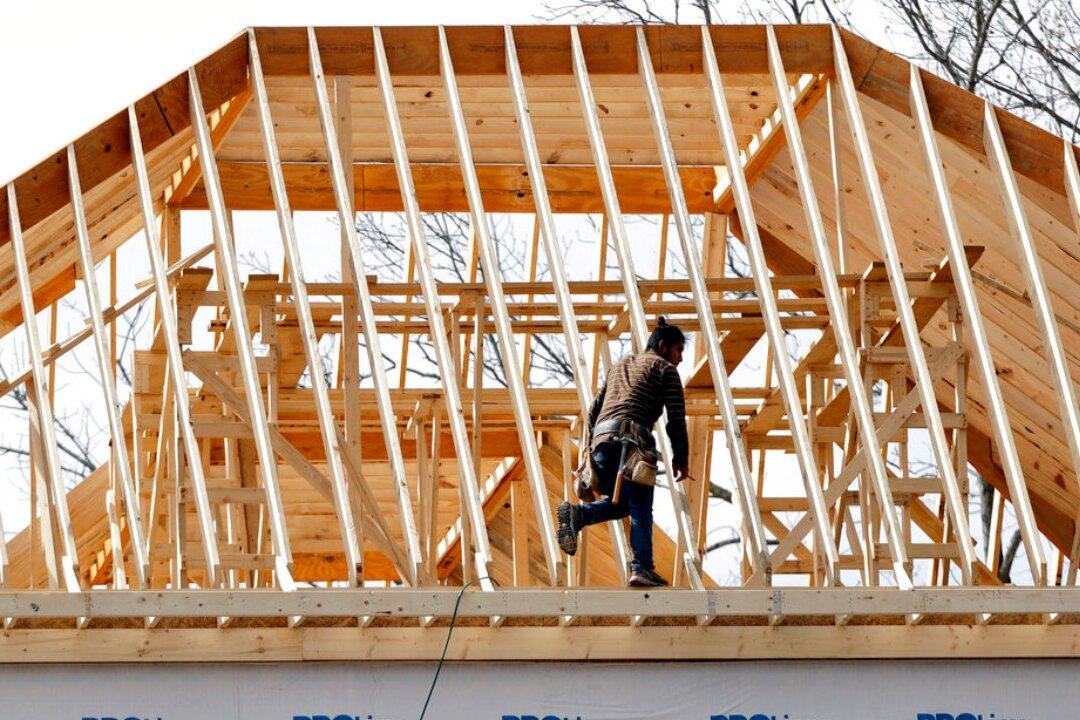Supply shortages of framing lumber and oriented strand board (OSB) are harming the United States’ economic recovery and its burgeoning housing market, the National Association of Home Builders (NAHB) says.
The group stressed, in a letter to President Donald Trump last week, that skyrocketing prices and chronic shortages of lumber are hindering the construction industry’s ability to create jobs and drive the economy forward.





